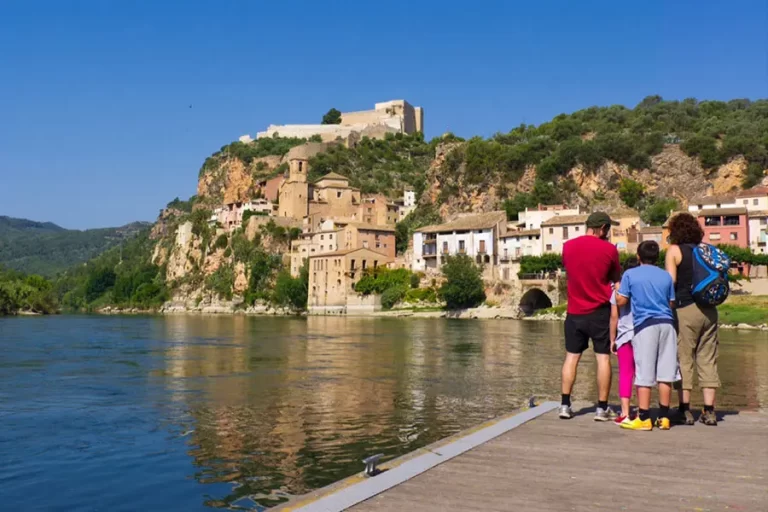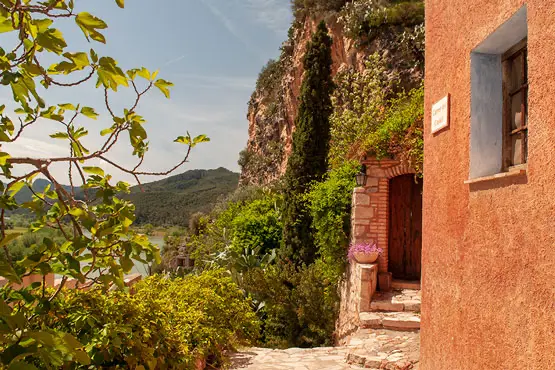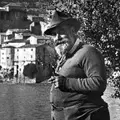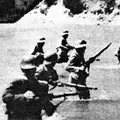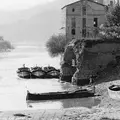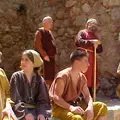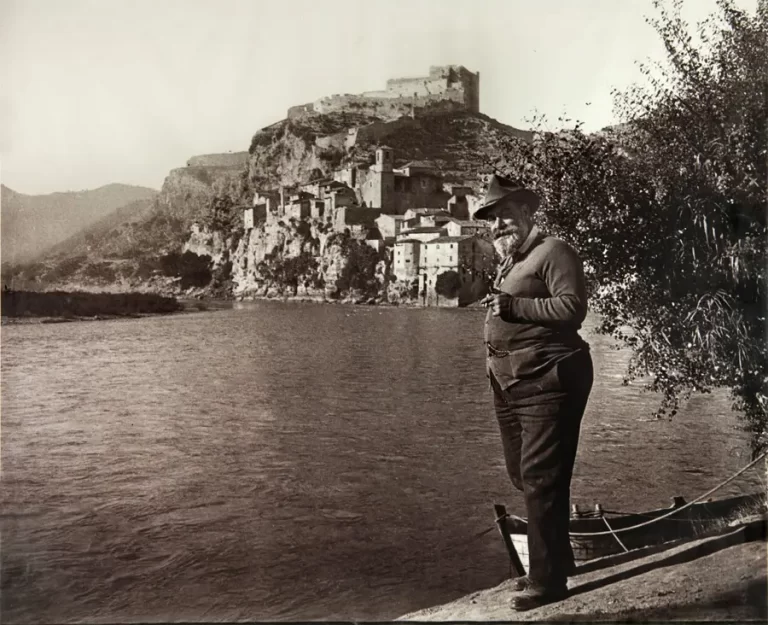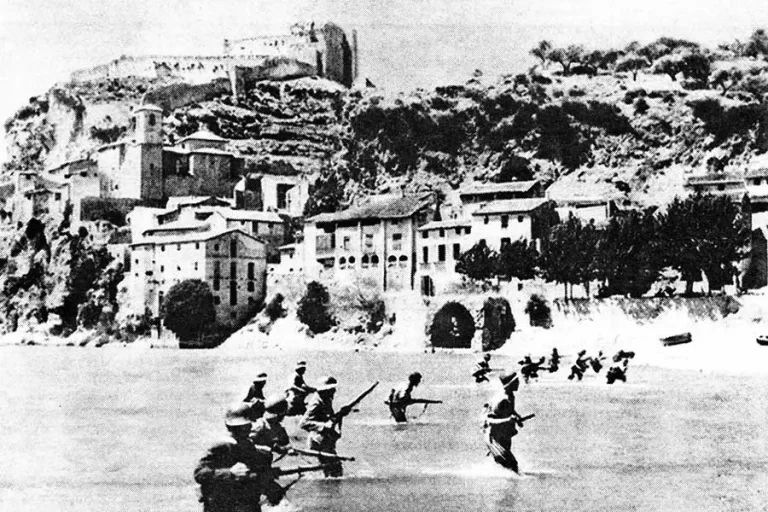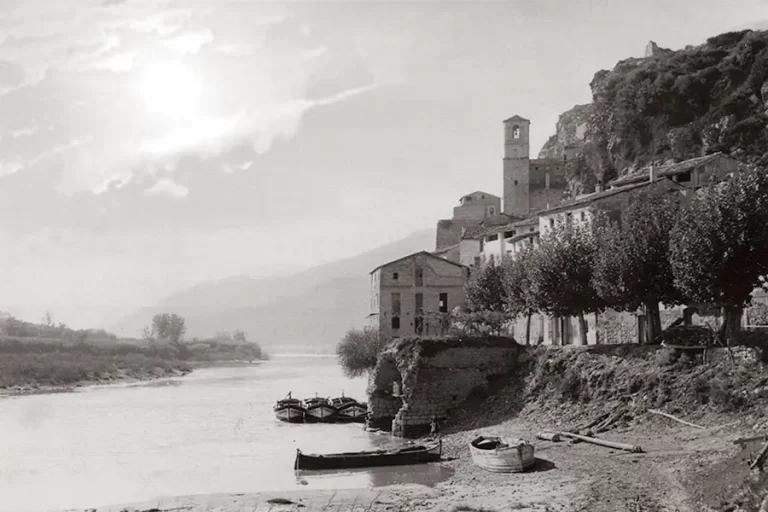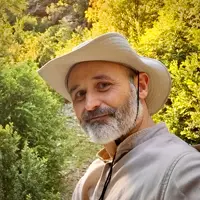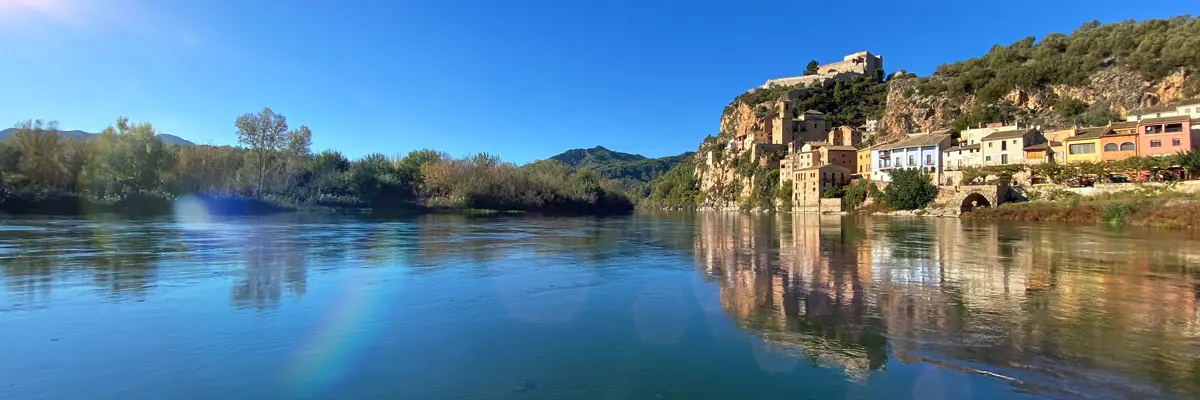
Cap de la Vila
The old town of Miravet
Miravet is a town that captivates at first sight. The water of the river running calmly full of life, invites contemplation. Breathe calm, peace and silence… a paradise.
The Cap de la Vila, the old town, has a special charm, picturesque, almost operatic. As if it had been created expressly for its scenographic composition: the castle, the hanging houses and the Old Church, the mill, the shipyard and the palace, the red rock, the riverside forest, the mountains in the background… and the Ebro River!
Miravet maintains its original typicity. The tranquility, the authenticity and closeness of its people are surprising. Cross the river through the Barca (ferry) or visit a pottery workshop as unique experiences.
Miravet loves you
because you are a careful, civic-minded and responsible traveler
nature and culture lover!



Templar Castle
The monumental medieval building,
cultural heritage.
Imposing Romanesque fortress, masterpiece of the Templars in Catalonia.



The Old Church
The most relevant religious building
and cultural space.
Renaissance temple, built by the Knights of the Order of the Hospital. Exhibition center.

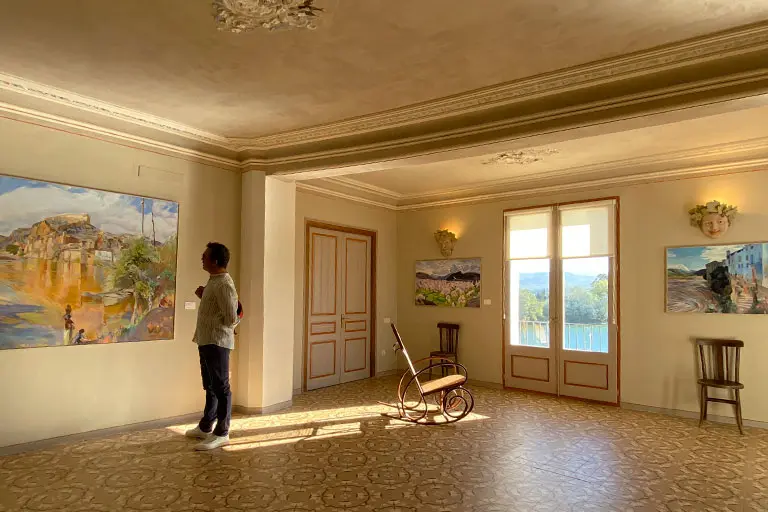

Palau de Miravet
The most outstanding civilian building
and unique accommodations.
Singular modernist house, guest house and Joaquim Mir art center.
Itinerary through the village to the castle
Leave the car in the parking area and follow the itinerary on foot through the historical town of Cap de la Vila to the castle, even better with a guided tour.
You will discover its corners, monuments and magnificent views over the river and the landscape.
Map of the Cap de la Vila (the historic center)
-
Commander's coat of arms
Pedro Ramón Sacosta (XV c.) - Medieval shipyard (12th c.)
-
Comendador Palace (XV-XIX c.)
Joaquim Mir Art Center
San Sebastián mill and fountain
Shrapnel impacts on the facade
(1907 flood mark) - Mill; summit Statute (2004)
-
Commander's coat of arms
Pedro Ramón Sacosta (XV c.) - Medieval shipyard (12th c.)
-
Comendador Palace (XV-XIX c.)
Joaquim Mir Art Center
San Sebastián mill and fountain
Shrapnel impacts on the facade
(1907 flood mark) - Mill; summit Statute (2004)
-
Portal del Mocho and cliff
(flood mark 1787) - Devastated area (Battle of the Ebro)
-
Aljama, abbey and old town hall
Calle del Banco (Jewish quarter)
-
Portal del Mocho and cliff
(flood mark 1787) - Devastated area (Battle of the Ebro)
-
Aljama, abbey and old town hall
Calle del Banco (Jewish quarter) - Old Church (XVI-XVII c.)
- Sanaqueta viewpoint
- Hanging houses
- Old Church (XVI-XVII c.)
- Sanaqueta viewpoint
- Hanging houses
- Wall (19th c.) and cliffs
- Costa de Riago and poetry by Roc Llop
-
Trench Route
Archaeological remains - GR99 Ebro Trail
-
Meander of the Tamarigar
Protected natural area - Plan of the castle
- Wall (19th c.) and cliffs
- Costa de Riago and poetry by Roc Llop
-
Trench Route
Archaeological remains - GR99 Ebro Trail
-
Meander of the Tamarigar
Protected natural area - Plan of the castle
A monumental town
Arriving, leaving the car in the parking lot and approaching the pier to enjoy the panoramic view of the entire historical site and the magnificent landscape is undoubtedly the best thing to do before venturing into the old town of Miravet.
Three monuments have been declared of Cultural Interest: the castle (as a military building), the church (religious building) and the palace (civil building). But also others such as the fluvial shipyard, the mill, the abbey, the aljama, the hanging houses, the watchtower, the wall of the Ferreries and the Costa de Riago. And all its urban planning follows a main street that crosses it and vertebrae with alleys that fork through the archaeological remains of the houses disappeared as a result of the Battle of the Ebro in 1938 (devastated area).
Miravet, like all the towns along the Ebro, has always been at the mercy of the floods. You will find the marks of the catastrophic floods of 1907 and 1787 on the palace and on the Motxo portal. Also the red rock that crumbled the storm Gloria in 2020, all entangled and threatening over the mill, where the Summit of the Statute was held in 2004.
The palace of the Commander and Master of the Order of the Hospital has been restored as a guest house and art center in honor of the great modernist painter Joaquim Mir, who discovered Miravet in 1929.
The Old Church, today without worship, is used as a cultural center. Behind it is the seat of the Moorish aljama (al-Jami, the main mosque) and in front of Sanaqueta (Samah Katah, the school of the wisdom of God for the Jews, madrasa for the Muslims).
A name with history
The Cap de la Vila of Miravet has its origin in a small Muslim farmhouse or “rábita” located under the protection of the fortress of Islamic origin that dominates the hill.
The name is defined by the Murabittin: Murābit, who dominated the territory from 1098 until the conquest of the place by the Templars in 1153. A Murābit was a sacred place where a ribat or castle consecrated to the defense of jihad was built and where the martyrs of Allah are buried. It was obligatory for the faithful to visit once a year and became a place of pilgrimage, which remained under Templar rule. Subsequently, the Ebro will become another route on the Camino de Santiago to Logroño.
The Murabittin came to the Ebro to defend the border of the taifas of Tortosa and Lleida. They were asked for their fighting service when a Christian king attacked a land belonging to the Muslims. They had a way of fighting on horseback unknown at that time by the Christians and it was very difficult to fight against them. In addition to his firm conviction of holy struggle where death was considered to earn eternal life in paradise.
The Almoravids believed that in al-Andalus Muslims lived too well, distorting Islamic principles (citadels, kasbahs, potteries and palaces, and the eagerness to feast). Something similar to what the Cistercians and Franciscans thought of the Christian kings, the nobility and the clergy themselves, proclaiming austerity and poverty.
Both were of the opinion that luxury takes you away from the true mission of a faithful, to worship his source, to spread his creed and to respect his Creation.
Venture into history
of those who left their mark
Experience a journey into the past
of a town of sailors, potters and Moors, devastated by the Battle of the Ebro.
Guided tour
The Miravet Experience guided tour will take you to discover the history of the Cap de la Vila and interpret the heritage by the hand of professionals with passion and experience.
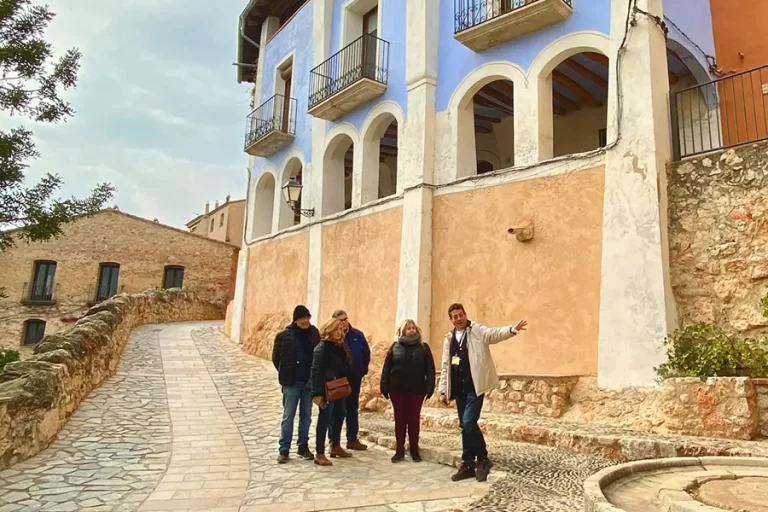
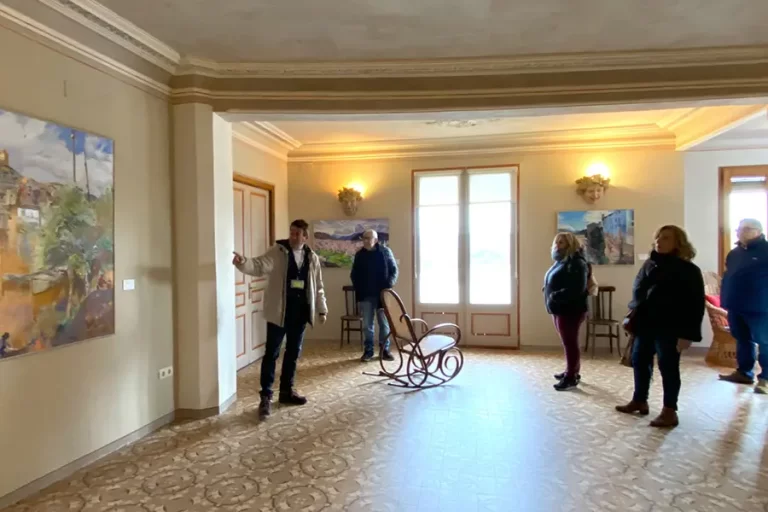
A private and personalized visit to the historical site of Cap de la Vila, including the castle, the Old Church and the Comanador Palace with a wine tasting at the end at the Joaquim Mir art center.
691 561 868
Vicens Ayan (official guide)
Once upon a time
a town of potters and navigators
who used to work with jugs and jars…
Appointments with history
The history of Miravet has always been linked to the Ebro River. The river has marked the life and events of this small and quiet village, which has seen Phoenicians, Greeks, Carthaginians, Romans, Muslims, Jews and Christians, Templars and Hospitallers, wars, battles and floods.
Joaquim Mir
The great impressionist painter of Catalan modernism, Joaquim Mir, visited Miravet in 1929 and dedicated to it one of the most productive campaigns with 38 canvases that he sold successfully.
The pictorial image of the Cap de la Vila and its extraordinary typicality attracted him in such a way that he recorded an unpublished film where you can see how daily life in the village and river navigation was at the time.
The pictorial image of the Cap de la Vila and its extraordinary typicality attracted him in such a way that he recorded an unpublished film where you can see how daily life in the village and river navigation was at the time.

